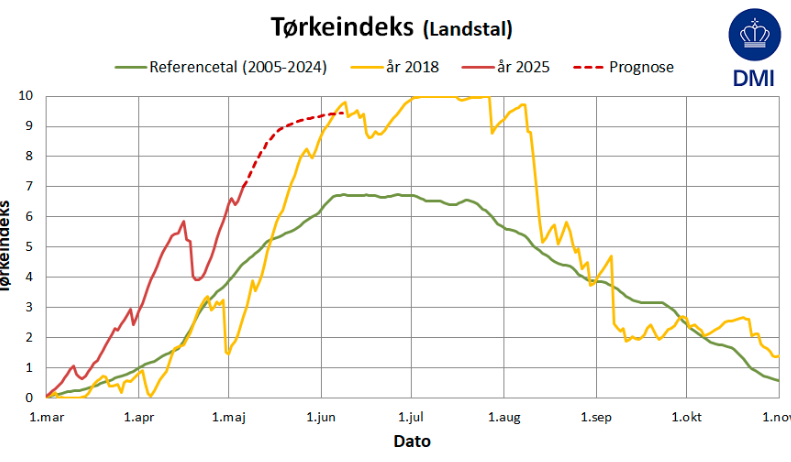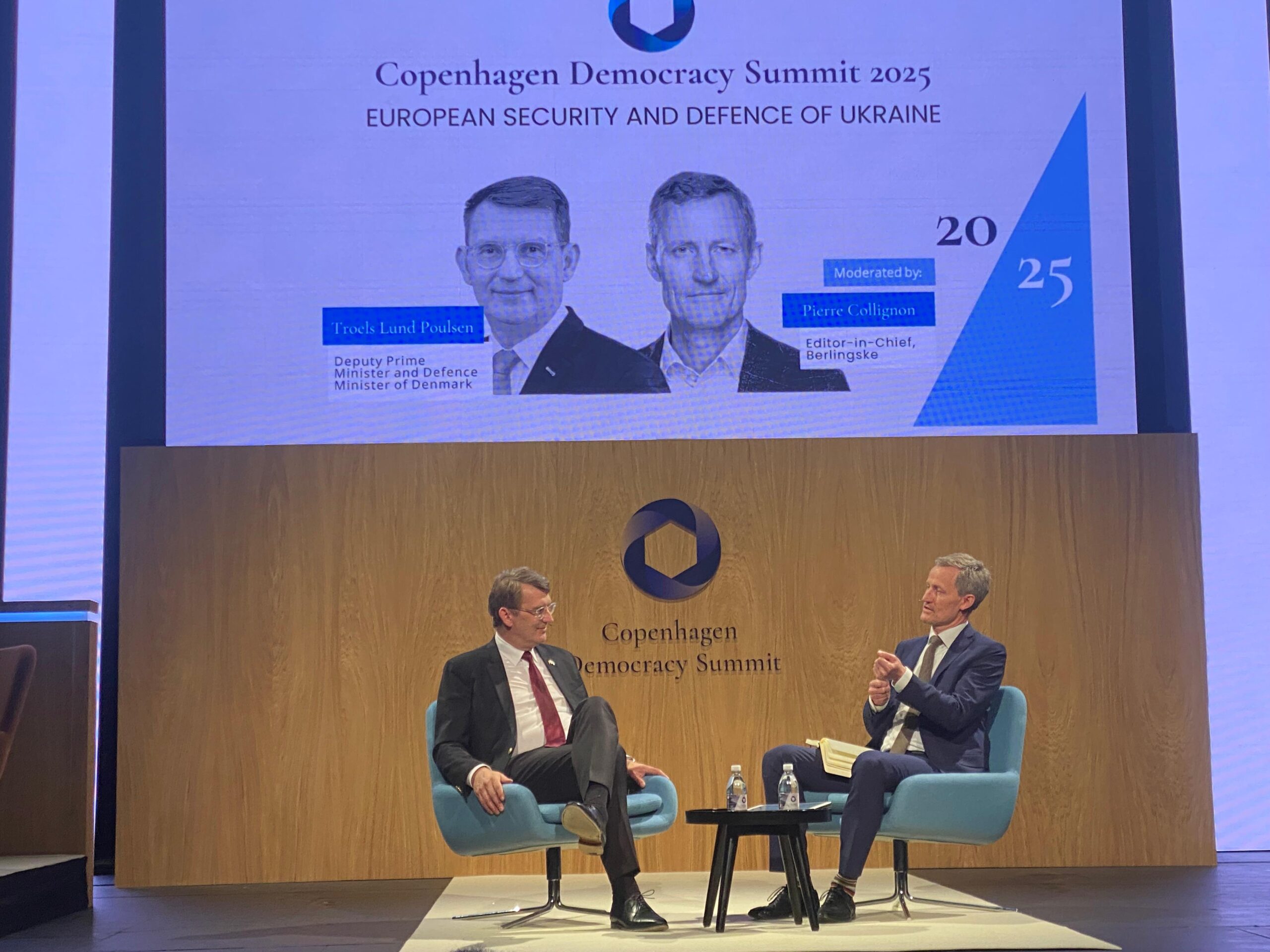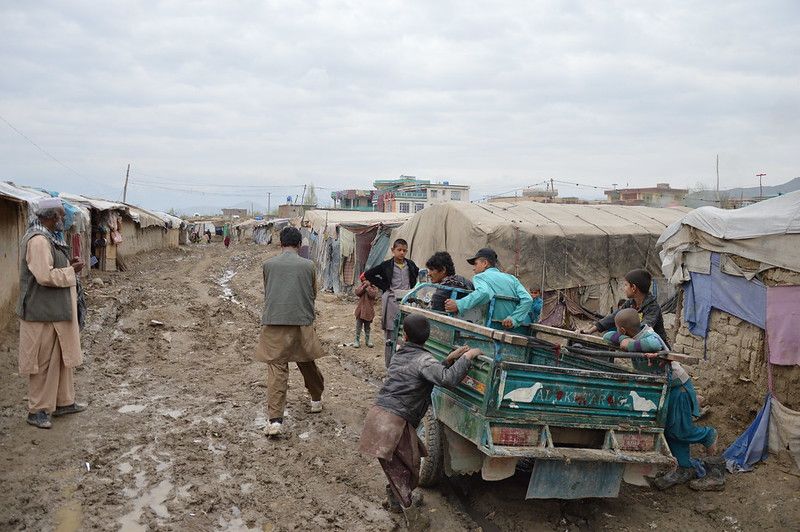When the ice sheets retreated from what is now Scandinavia around 12,000 years ago, the stage was set for plants and forests to grow. At the same time, animals began to appear – and hot on their heels came hunters.
For some time now, researchers have regarded these reindeer hunters as the first people to populate Denmark and, from there, the whole of Scandinavia.
However, new research using DNA taken from skulls and skeletons of these hunters has presented a more nuanced picture, reports Videnskab.dk.
Two distinct migrations
“The genetic pattern shows how Scandinavia was colonised after the Ice Age, both by migrants from southwest Europe directly up into Scandinavia and shortly afterwards by a second migration from what is now Russia,” said Mattias Jakobsson, a professor in genetics at Uppsala University and head of the research project. “The latter went north of the ice-cap and along the Atlantic coast.”
These ‘Russian’ hunter-gatherers also brought new and more advanced hunting tools with them – the origins of which have been a bit of a mystery to archaeologists up until now.
“It is interesting because it confirms that Scandinavia was colonised early and from both the east and west – something that archaeologists have discussed for some time,” said Kristian Kristiansen, an archaeologist from Gothenburg University.
Back in 2013, Danish archaeologist Mikkel Sørensen from the University of Copenhagen put forward a hypothesis to that effect. “This is a very interesting discovery and confirms the hypothesis,” he said.
Helping to keep out the cold
“The study is the first that addresses Scandinavia’s first immigration genetically, but it is part of a larger fossil DNA research effort that over the last 10 years has been able to publish new and higher quality research into our genetic origins,” said Sørensen.
One of the discoveries made by the researchers is that Scandinavians today still have genes from these hunter-gatherers – including one that is believed to help them to endure the cold Scandinavian climate.














